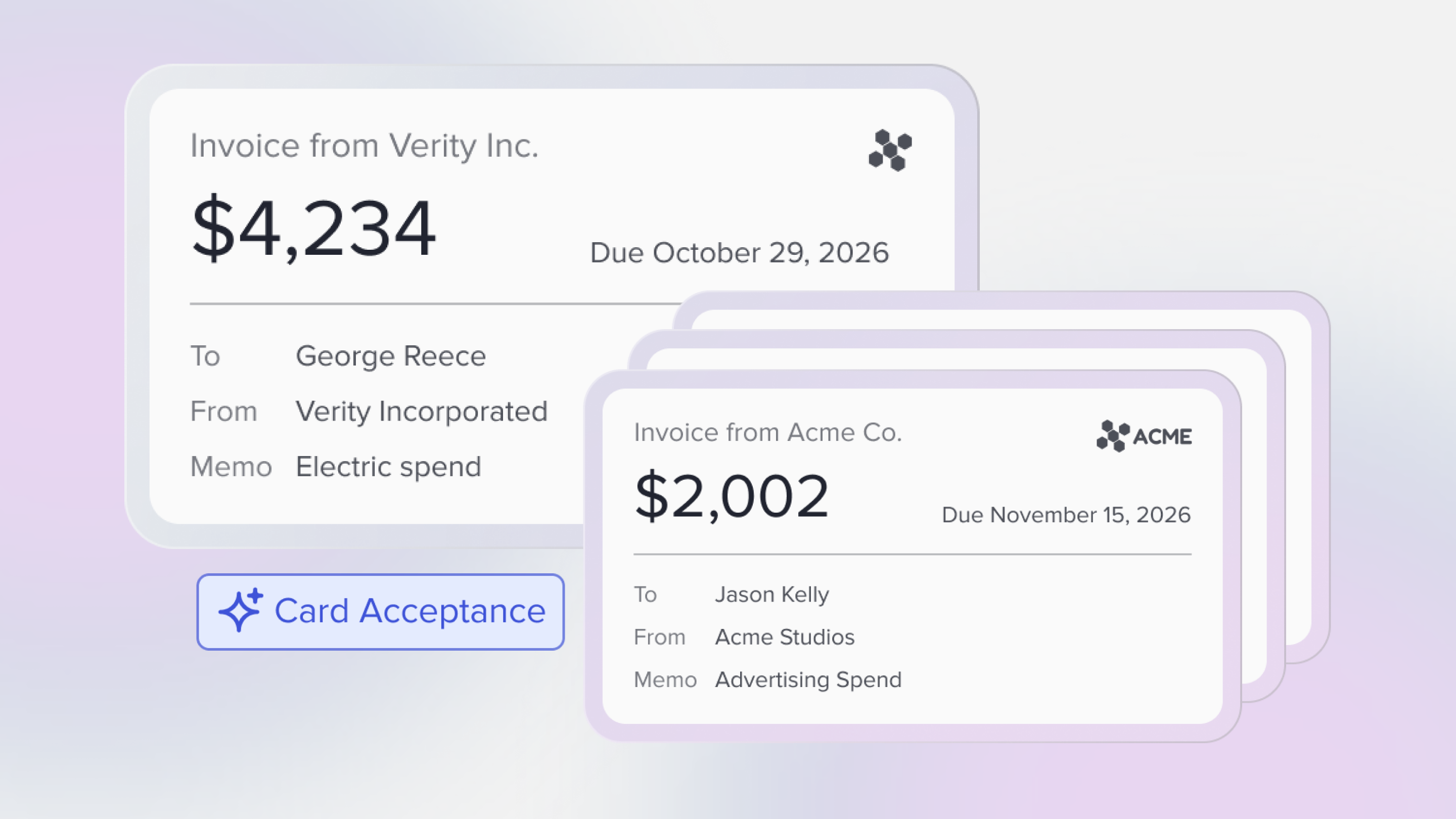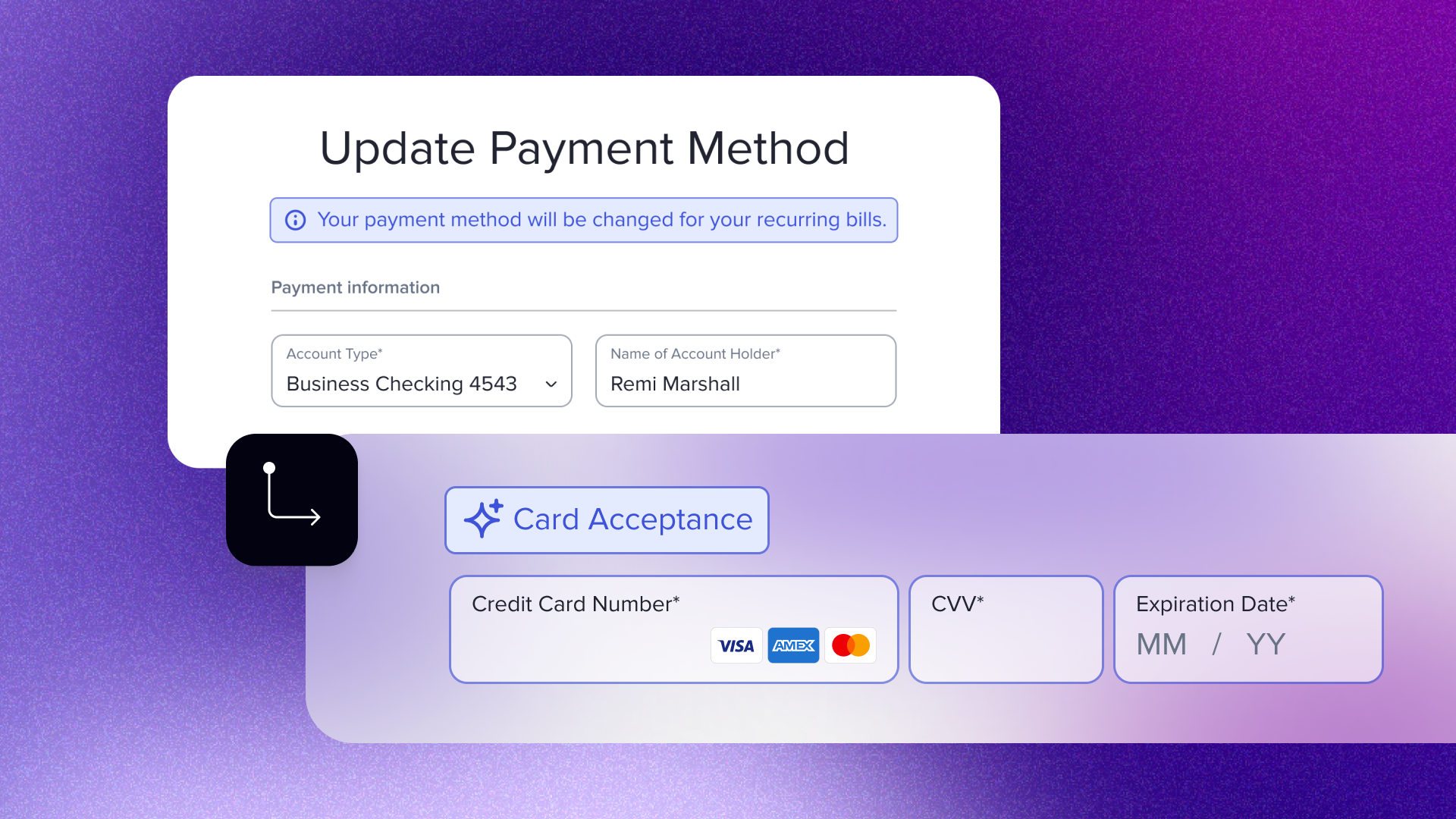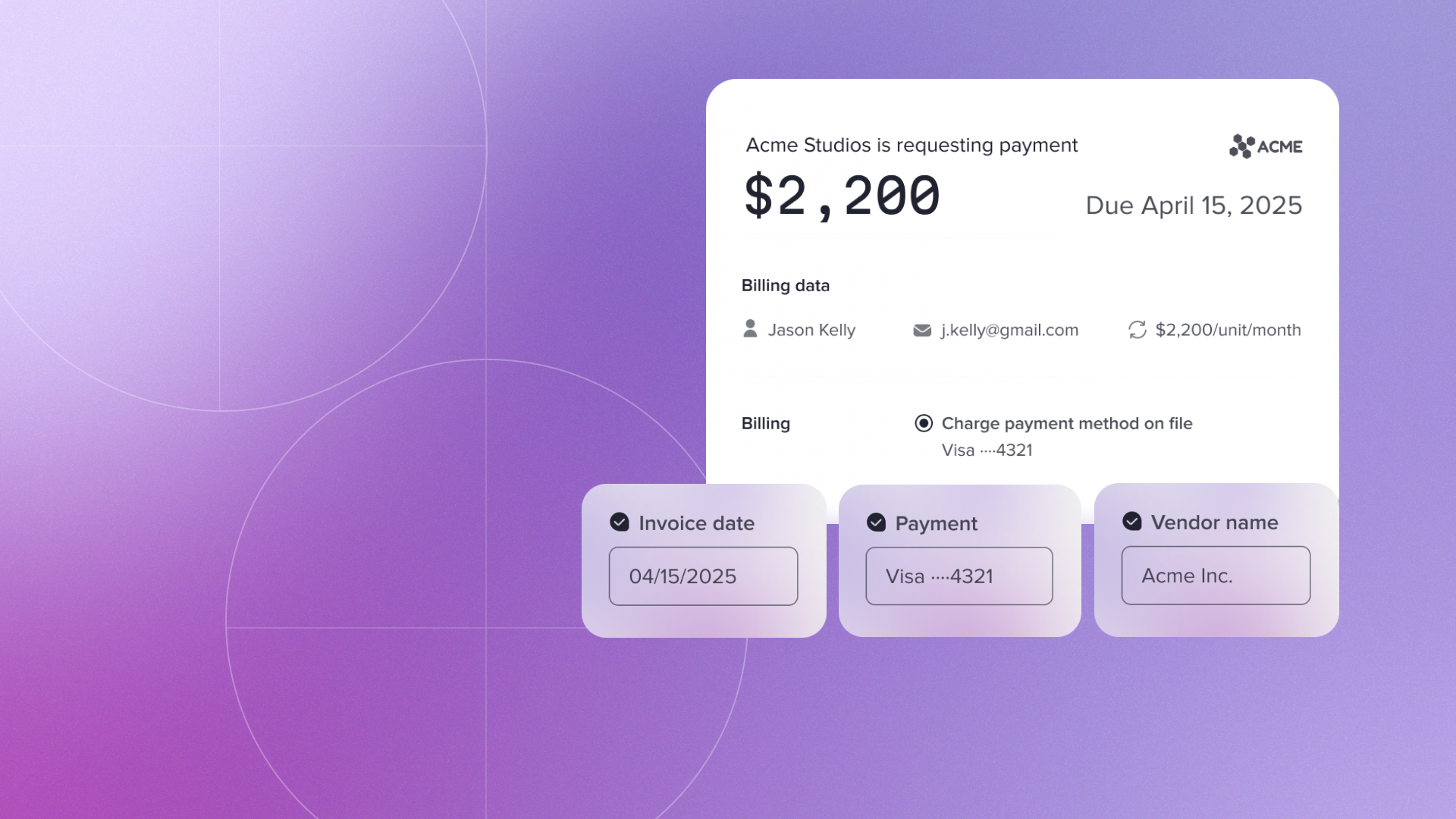
The lending space is familiar with rapid innovations – from automating underwriting processes with AI to the rise of embedded finance models like “Buy Now, Pay Later.” Yet, alternative data is perhaps the most disruptive trend to hit fintech in recent years.
Unsurprisingly, federal regulators have already issued statements to limit the use of alternative data in the underwriting process. Likely, more will follow.
That’s why we sat down with Charley Ma, Head of Growth at Alloy (formerly Head of Growth at Ramp and NYC GM at Plaid), to unpack alternative data’s potential and learn how his team stays ahead of the industry’s rapid innovations.
Keep reading for:
- How alternative data is reinventing the lending space
- Sage advice to keep your company 100% compliant
- Charley’s top tips for staying on fintech’s cutting edge
How alternative data reinvents the lending space — for businesses & consumers
Alternative data refers to financial information not typically found in consumers’ credit reports but can still help indicate borrowing risk. Some examples of alternative data include cash flow metrics, app installs, or social media sentiment.
Per Charley, these new data sources are changing the lending space in two big ways:
- Increased sophistication of real-time data — Companies and customers alike can gain real-time insights into the cash flow, financial health, and income of individuals and businesses.
- Models & data based on historical performance — The last 3–4 years yielded several economic mini-cycles that tested new, alternative data sources and proved their viability.
Activant Capital describes this embedded finance model (which allows lenders to leverage this plethora of alternative data) as an “iceberg.” In other words, a borrower gets a seamless “above-the-surface” loan experience. However, there’s a larger fintech ecosystem underneath that empowers that experience.

What this means for lenders
Lenders are increasingly incorporating alternative data into their underwriting and originating models. This data is proving to be more predictive of:
- Someone’s ability to repay their loan
- A business’ financial health
This way, lenders can confidently extend loans – even to people and businesses that historically would have been deemed ‘a financial risk.’
For instance, Ramp uses Rutter’s Universal API to layer less traditional data sources into its underwriting process. With this added color, the business card provider paints a more comprehensive picture of a borrowing business’ financial health – without ever running a personal credit check on the founder.
What this means for consumers
For SMBs and everyday consumers, alternative data makes borrowing more accessible because the loan-approval process no longer relies solely on traditional credit reports.
Charley explains that the traditional crediting process was restrictive, ill-designed, and plagued by high-interest rates. Now, anyone – even people without robust credit histories – can more easily secure financing. This broader accessibility allows for increased verticalization – or, in other words, niche lending solutions tailored to a consumer’s particular needs.
How to stay compliant with today’s rise of regulators
As innovations like alternative data take hold of the lending space, Charley predicts we’ll see increasing regulations within the next 3 years. With this in mind, here is his advice for staying compliant:
- Consult operators with niche expertise in your space. Founders often want black-and-white answers surrounding compliance. That’s understandable, but regulations are often ambiguous. Gathering insights from various experts ensures you don’t run into red tape.
- Design your system for compliance from the get-go. If you’re building in-house, rein in the scope of your product to reduce the number of regulations that’ll affect your solution. If you’re buying, opt for solutions with the highest security level and regulatory requirements built in.
- Stay up-to-date on our industry. While perhaps obvious, reading about fintech in the news or following industry experts (like Alex Johnson’s Fintech Takes and This Week in FinTech) on LinkedIn ensures you’re up-to-date on the latest innovations, regulations aimed at these innovations, and the implications of those regulations.
5 tips that’ll keep your company on fintech’s cutting edge
Alternative data is not the only change shaking up the lending space. So, how can you ensure your company (and product) remains on the cutting edge of fintech? Charley shares the tips his team at Alloy lives by:
Tip #1: Build infrastructure that supports new data sources
Future data testing is an architecture issue. When a new, buzzy data source drops, you should already have the infrastructure in place to quickly consume, process, back-test, and audit that data. In Charley's words, the ability to increase your data aperture comes down to maintaining a "growth-testing and innovation mindset from day one."
However, if you constantly put out fires across your existing stack, that's a sign to fix your infrastructure so that you can expand and iterate quickly. Like having a crack in your house's foundation, you need to stop any improvements for the time being and fix your existing infrastructure first. The longer you let those cracks sit, the more irreparable the damage.
Tip #2: Select the right vendor
Doubling as a market leader and a strategic partner, the right fintech vendor helps streamline your processes, create new income sources, or increase your product’s adoption. However, the wrong vendor can be costly.
Before committing to a new vendor, ask yourself:
- How does this vendor realistically fit into my ecosystem?
- What service do I need, and can they provide it?
- Does the cost justify the value, and can the company afford it?
- What are the regulatory risks?
- How is the vendor investing in the future, and can it scale with us?
For instance, Rutter’s Universal API seamlessly reads and writes data across top commerce platforms, marketplaces, accounting systems, and payment processes. This ability to fit into almost any ecosystem makes Rutter a leading vendor for companies looking to offer data-driven loans, underwrite merchants and SMBs, and launch in new marketplaces.
Tip #3: Always separate signal from noise
While the hype around innovations like alternative data sources is exciting, Charley reminds us that a lot of it is just hype. With that in mind, consult the experts and advisors you have at your disposal when exploring new tech or trends.
To guide these conversations, lean on the 2016 McKinsey study that identifies the six common denominators of fintech leaders:
- Cost-effective customer acquisition model
- Significant cost and time savings in the loan process
- Innovative uses of (alternative) data
- Serve only a few cherry-picked customer segments
- Leverage existing infrastructure and banking ecosystems
- Fly well under the regulatory radar
By working with trusted advisors to confirm that a shiny, new tool meets these criteria and is worth the opportunity cost, you’ll radically reduce your risk of investigating and trialing.
Tip #4: Empower your product team to act autonomously
There’s a reason you hired the people who are on your product team. Giving these team members the autonomy they deserve eliminates unnecessary red tape, increases productivity, and encourages more creative solutions.
That said, many companies micromanage their product team because of the constant risk of compliance – or lack thereof. That’s why Charley recommends identifying your company’s glass balls vs. rubber balls by asking:
- What can break?
- What must be monitored and preserved at all costs?
For instance, a glass ball typically touches on compliance. If a regulator finds out you aren’t in compliance one day, it doesn’t matter how much money you’ve raised. The ball will shatter, and you’ll probably shut down.
On the other hand, a rubber ball is something like a growth and acquisition engine. While the channels you invest in affect customer acquisition costs (CAC) and lifetime value (LTV), you can adjust these levers anytime to unlock new results.
Once you’ve identified your rubber balls (or the things that are less likely to break), offer space for your team to work autonomously with:
- Testing beds or parameters the product team can experiment and work within.
- Structured, smaller teams (sometimes called “pods”) with clear, defined areas of expertise, responsibility, and ownership.
Tip #5: Get selective about when you build vs. buy
Resourcing is expensive these days, and as Charley puts it: everyone is trying to do more with less. One way to turn one into ten is by getting strategic about when you build vs. buy.
To do this, you must first understand which aspects of your business truly differentiate you in your industry. Those winning items accelerate your growth and drive you toward your core mission. Don’t hesitate to invest in building these pillars.
However, when a task feels peripheral to that mission but still essential to your functioning, consider buying from a considerable vendor. Otherwise, you’ll invest a lot only to reinvent the wheel.
For example, Airwallex allows users to manage their money globally. To power payments across worldwide marketplaces, the company needs merchants to provide specific information for regulatory and compliance reasons.
Streamlining this process was critical. However, with Universal APIs explicitly built for this task, it didn’t make sense for Airwallex to invest heavily in building the necessary integrations in-house. Instead, they partnered with Rutter. By doing so, the Airwallex team significantly reduced build-time from months to weeks and can launch in emerging marketplaces with record speed – for a fraction of the cost.
How Rutter helps fintech companies stay on the cutting edge
Rutter is the Universal API for reading and writing data across commerce platforms, marketplaces, accounting systems, and payment processors.
Trusted by Payoneer, Mercury, Brother, and more, our API solution simplifies how fast-growing companies access the data needed to offer data-driven loans, underwrite merchants and SMBs, and launch in new marketplaces.
With Rutter, you no longer have to build one-off integrations with top accounting, commerce, and payment platforms. Instead, ship the robust integrations your customers need much faster and keep up with the ever-changing fintech landscape – all with one Unified API.
Book a demo today to learn more.





